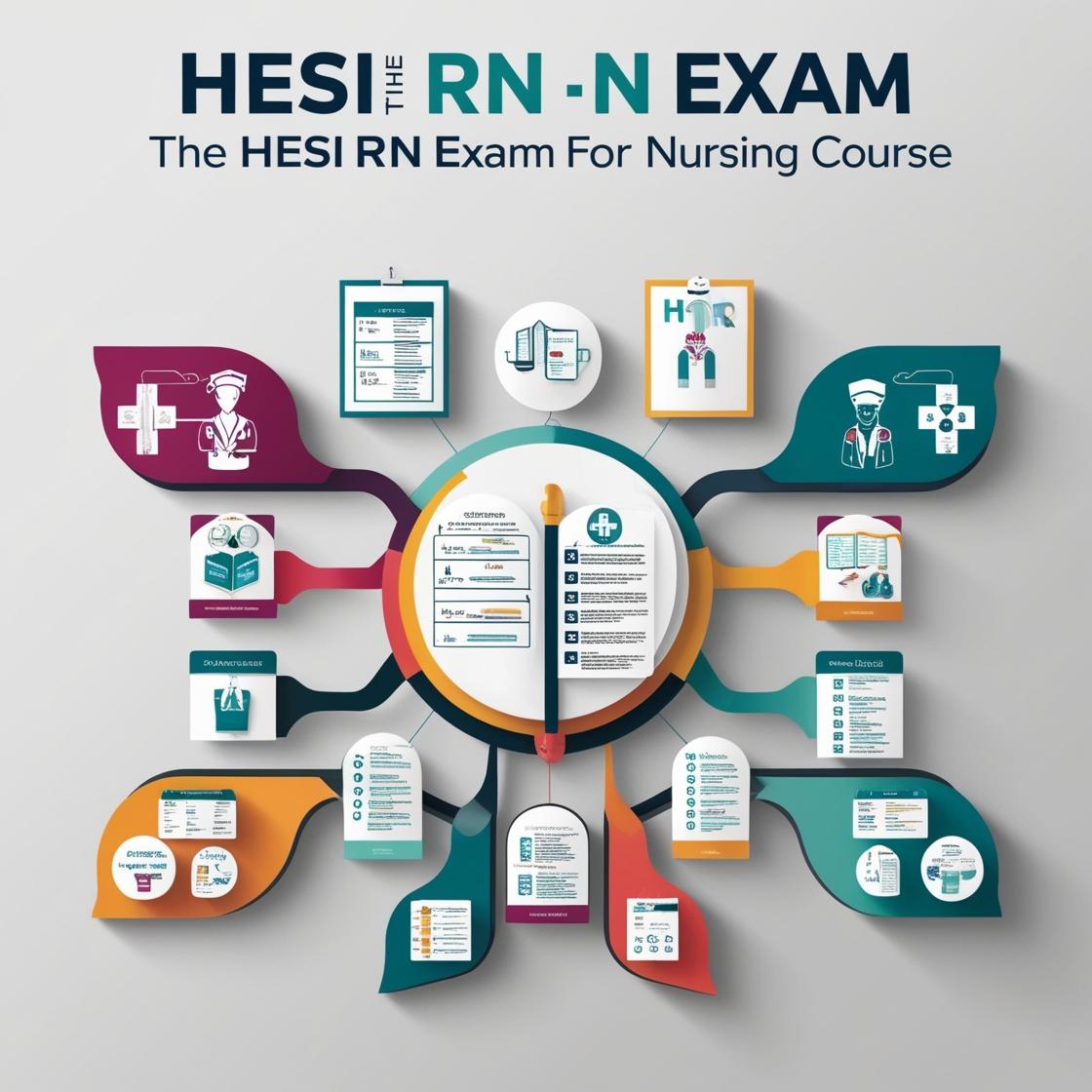HESI RN
Pediatric HESI
1. A child with Graves' disease who is taking propranolol (Inderal) is seen in the clinic. The nurse should monitor the child for which therapeutic response?
- A. Increased weight gain
- B. Decreased heart rate
- C. Reduced headaches
- D. Diminished fatigue
Correct answer: B
Rationale: When a child with Graves' disease is prescribed propranolol (Inderal), the nurse should monitor for a decreased heart rate as a therapeutic response. Propranolol is a beta-blocker that acts to slow down the heart rate, which is beneficial in managing the symptoms of Graves' disease, such as tachycardia and other cardiovascular manifestations. Choices A, C, and D are incorrect because propranolol is not typically associated with increased weight gain, reduced headaches, or diminished fatigue as its primary therapeutic effect in this context.
2. A 2-year-old child is admitted with severe dehydration due to gastroenteritis. Which assessment finding indicates that the child's condition is improving?
- A. Decreased heart rate.
- B. Sunken fontanelle.
- C. Increased urine output.
- D. Dry mucous membranes.
Correct answer: C
Rationale: Increased urine output is a positive sign indicating that the child's hydration status is improving. It suggests that the kidneys are functioning more effectively and able to excrete urine, which is a crucial indicator of improved hydration levels in a dehydrated patient. Decreased heart rate (Choice A) can be a sign of possible shock. A sunken fontanelle (Choice B) is a sign of dehydration. Dry mucous membranes (Choice D) are also indicative of dehydration.
3. When caring for a 5-year-old child with a history of seizures who suddenly begins to have a tonic-clonic seizure, what should the nurse do first?
- A. Administer oxygen
- B. Insert an oral airway
- C. Turn the child to the side
- D. Start an IV line
Correct answer: C
Rationale: During a tonic-clonic seizure, the priority action is to turn the child to the side. This helps maintain an open airway and prevents aspiration of secretions or vomitus. It also helps in keeping the airway clear and promotes safety during the seizure episode. Administering oxygen, inserting an oral airway, and starting an IV line are important interventions but should follow the initial step of positioning the child to prevent airway obstruction.
4. The parents of a 2-year-old child with a history of febrile seizures are being taught by the healthcare provider. Which statement by the parents indicates a need for further teaching?
- A. We should give our child acetaminophen when they have a fever.
- B. We should not place our child in a cool bath during a seizure.
- C. We should call 911 if the seizure lasts longer than 5 minutes.
- D. We should try to keep our child’s fever under control.
Correct answer: B
Rationale: Placing a child in a cool bath during a seizure is not recommended as it can be dangerous and may lead to accidental drowning or injuries. The priority during a febrile seizure is to ensure the safety of the child by placing them on a soft surface, removing any nearby objects that may cause harm, and gently turning their head to the side to prevent aspiration. Cooling measures like removing excess clothing can be employed, but immersing the child in a cool bath is not advised. Calling 911 if the seizure lasts longer than 5 minutes is important to seek immediate medical assistance. Administering acetaminophen to reduce fever and trying to keep the child's fever under control are appropriate interventions which should be continued.
5. A 3-year-old child is brought to the clinic by the parents who are concerned that the child is not yet potty trained. What is the nurse’s best response?
- A. Most children are potty trained by this age, so you should not be concerned
- B. Every child develops at their own pace. Let’s discuss some strategies to help
- C. Your child may need to be evaluated for developmental delays
- D. It’s best to force your child to use the potty to encourage training
Correct answer: B
Rationale: The correct answer is B because it is important to acknowledge that children develop at different rates. By offering support and discussing strategies for potty training, the nurse can provide the necessary guidance without causing unnecessary concern or pressure on the parents. Choice A is incorrect because it dismisses the parents' concerns. Choice C is incorrect because jumping to the conclusion of developmental delays without further assessment or discussion can cause undue anxiety. Choice D is incorrect because forcing a child to use the potty can lead to resistance and negative associations with potty training.
Similar Questions

Access More Features
HESI RN Basic
$89/ 30 days
- 50,000 Questions with answers
- All HESI courses Coverage
- 30 days access @ $89
HESI RN Premium
$149.99/ 90 days
- 50,000 Questions with answers
- All HESI courses Coverage
- 30 days access @ $149.99
